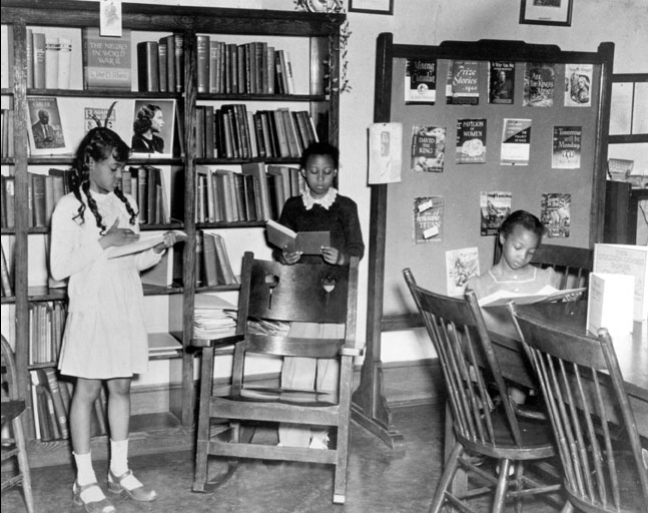In the summer of 1933, the Negro Welfare Council was established as part of the Community Chest — a local initiative created in 1921 that pooled funds from various local entities to finance charity work.
By the fall of 1933, the local newspaper was reporting on the achievements of the new council. Two playgrounds were built for Asheville’s Black youth, as well as a baseball field on the corner of Biltmore Avenue and East Street. A city baseball league soon followed with over 250 children and 140 adults participating on teams from the South Asheville, Southside, East End and Shiloh neighborhoods. Lastly, the paper reported, the council organized a marble tournament, with Shiloh resident Herbert Smith earning the top-place finish.
Sporadic coverage of the council’s ongoing impact continued over the next several months and years. Major achievements included the 1933 launch of a night school program for Black adults, the 1934 formation of a three-week drama institute that subsequently evolved into the Richard B. Harrison Little Theater for Negroes and the 1938 effort to increase Black residents’ participation in Asheville’s Rhododendron Festival.
On June 9, 1938, The Asheville Citizen highlighted the African American organizations participating in a segregated parade scheduled for that year’s Rhododendron Festival. The list included: the Negro Taxpayers League, Livingston Street School, Burton Street School, the Civic League, the Community League of Shiloh, the Women’s Federated Club, Modern Priscilla Club, Non Pariel Social Club, Paco’s Social Club, railway employees, National Association for the Advancement of Colored People, Steward Schools of Beauty Culture, Harris Beauty Parlor, Jesse Ray Funeral Home, American Legion Auxiliary, Wilson’s Barber Shop and Palace Grill Cafe.
Furthermore, the paper noted that an all-Black, female chorus was set to sing at the Rhododendron pageant taking place at McCormick Field. Amateur boxing matches and a baby parade were also among the events the council helped coordinate.
On Oct. 18, 1935 — two years after the formation of the Negro Welfare Council — The Asheville Citizen updated residents on its ongoing efforts, while also stressing the limitations it continued to face. The article offers a glimpse into what life was like for some of Asheville’s Black residents during Jim Crow.
“There remains a large number of negroes the council is utterly unable to cope with, because its organization is too small, its equipment too meager,” the paper wrote. “The one swimming pool here for negroes is too small. There is no negro amusement park. A gymnasium, workshop equipment, club rooms, rest rooms and a motion picture machine are needed for an adequate negro welfare program in the negro districts.”
Additionally, the paper reported, “Asheville has two fairly good library branches for negroes, one auditorium and stage, one sewing room and one cooking room — facilities all too small for the 14,000 negroes or one-fourth of the city’s population.”
Meanwhile, the article continued, many houses renting for $10-$12.50 per month in Black communities were without water, leaving some residents to rely on a single community spigot. Leander G. Blackus, director of the council, told the paper, “This is not conducive to health and Asheville is proud of her health reputation.”
Despite these pressing concerns, the council’s overall presence and positive impact within the community seems undeniable. The same article reported that 1935 attendance at council-related activities and initiatives amounted to over 61,000 participants — more than five times the city’s total Black population.
Editor’s note: Peculiarities of spelling and punctuation are preserved from the original documents.




Before you comment
The comments section is here to provide a platform for civil dialogue on the issues we face together as a local community. Xpress is committed to offering this platform for all voices, but when the tone of the discussion gets nasty or strays off topic, we believe many people choose not to participate. Xpress editors are determined to moderate comments to ensure a constructive interchange is maintained. All comments judged not to be in keeping with the spirit of civil discourse will be removed and repeat violators will be banned. See here for our terms of service. Thank you for being part of this effort to promote respectful discussion.